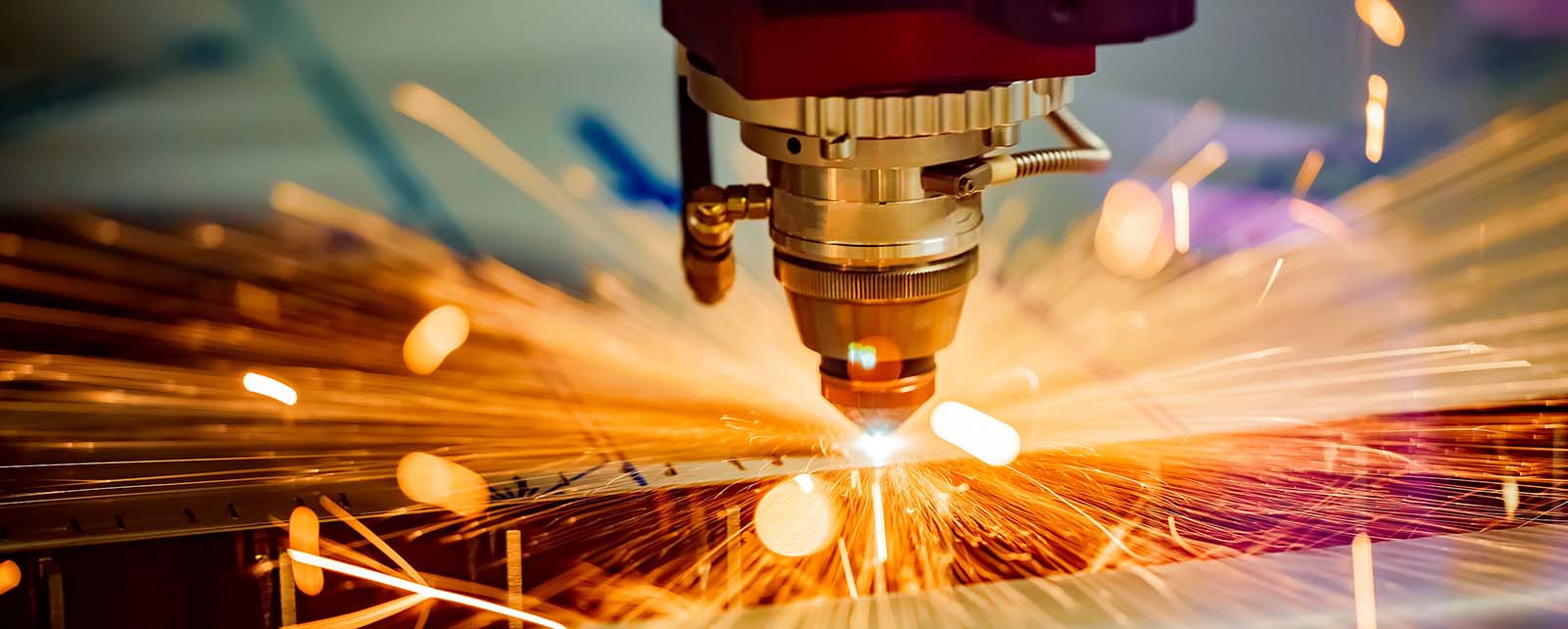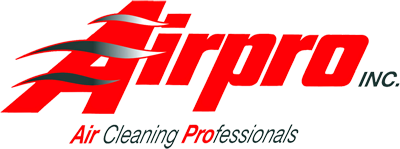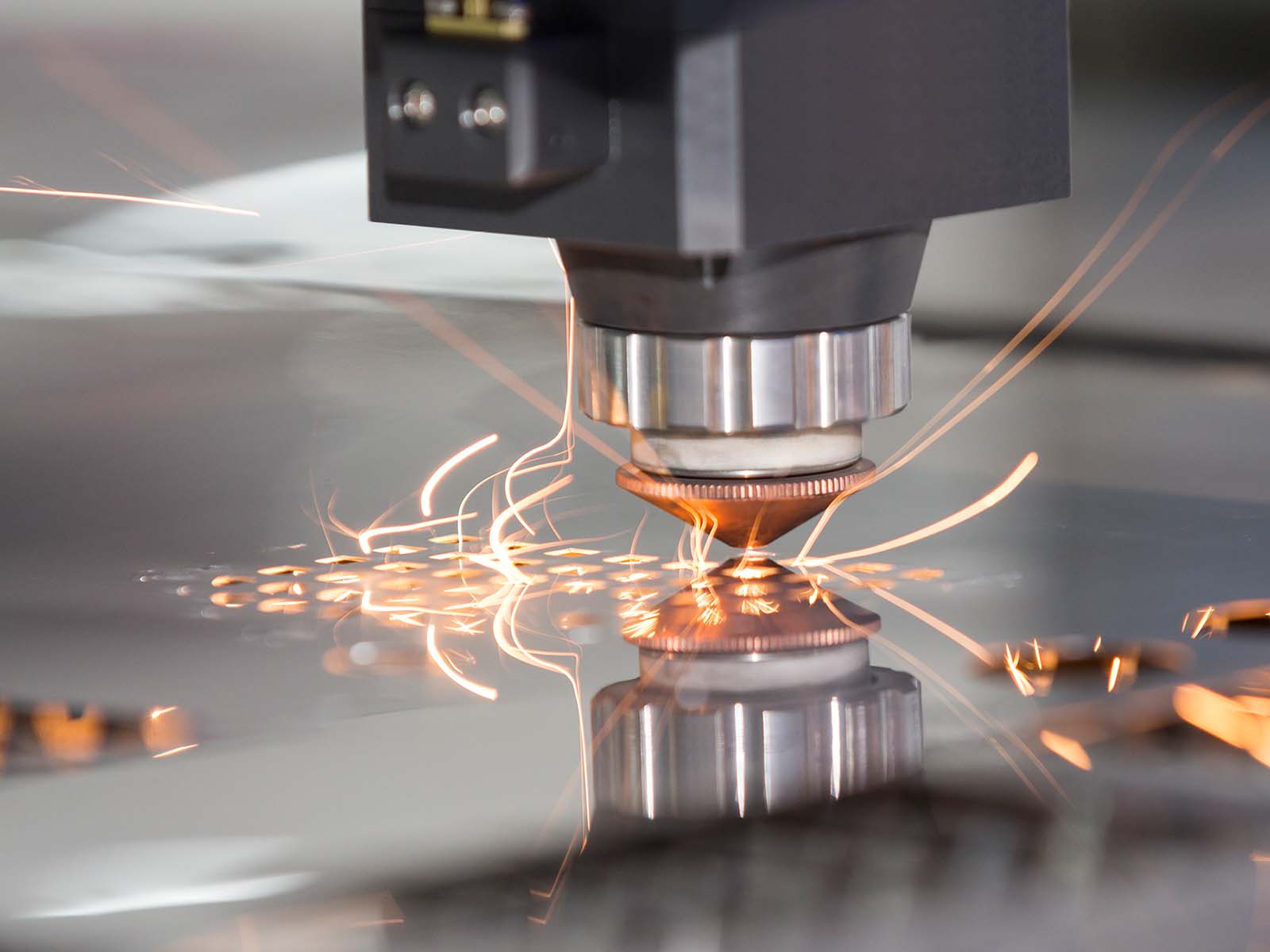Dust collection equipment for plasma and laser cutting.
Laser cutting and plasma cutting are widely used processes in manufacturing that create fumes and dust which can contain metallic particulate. OSHA has limits on exposure to workers of metallic dust and fumes containing chromium, lead, nickel, cadmium and several others. Controlling and collecting these dust and fumes is critical to preserving worker health, preventing sparking, and minimizing damage to precision cutting equipment.
Dust Collection for Laser and Plasma Cutting
Plasma cutting uses a mixture of gases to cut metals. Laser cutting is used when tighter tolerances are required. Both create expansion of the air around the cutting area, creating fine metallic particulate, sometimes microscopic in size.
Though many CNC laser cutting machines have a contained area, the dust created can still cause damage to the equipment and decalibrate the laser if not filtered.
Metallic dust is also a potential hazard to workers, as several components in metallic fumes and dust are carcinogenic. Fine metallic dusts can also pose an ignition hazard. Certain metallic fumes and dust in an enclosed space can create an explosion under the right conditions. Laser cutting facilities should have a comprehensive dust collection and fume extraction system in place to prevent risk to workers, equipment, and the workplace.
Permissible Limits for Metallic Dust
“Permissible exposure limits” (PELs) are set by OSHA to limit exposure to specific toxic dusts, as well as limits on nuisance dust. These are measurements of how much dust a worker can be exposed to during an 8-hour shift. The following are PELs for common substances found in metallic dust.
- Cadmium: 0.005 mg/m3
- Hexavalent chromium: 0.005 mg/m3
- Lead: 0.05 mg/m3
- Nickel: metal 0.5 mg/m3, insoluble 0.1 mg/m3
- Manganese: 5.0 mg/m3
Values retrieved Feb 20, 2022. https://www.osha.gov/annotated-pels/table-z-1


